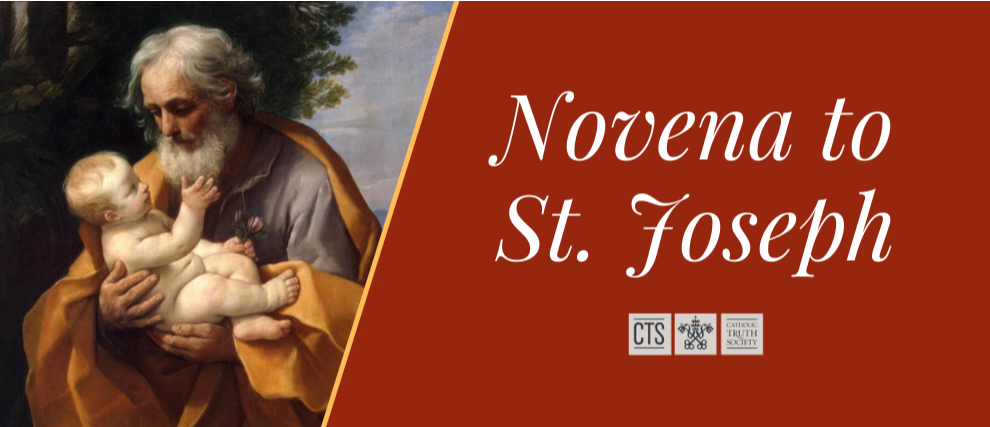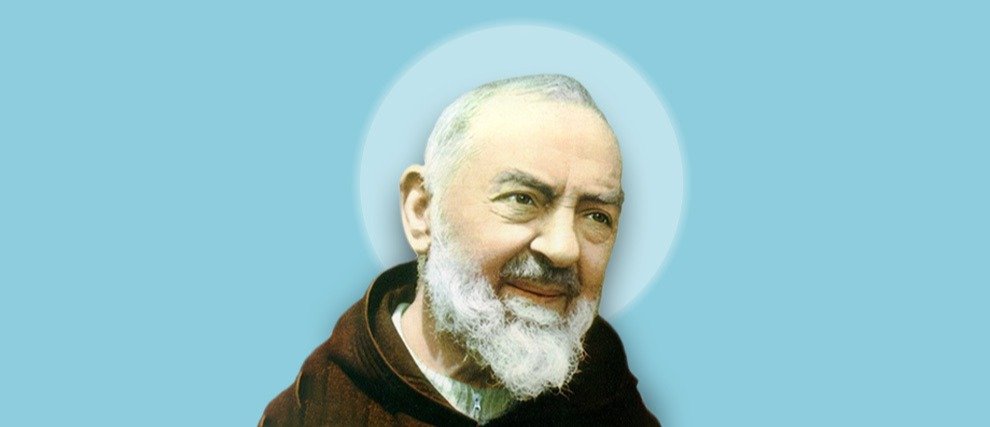What is meant by Pilgrimage in the Church?
Pilgrimage was part of Jesus' public ministry, when he went to Jerusalem for the great Jewish feasts, number 583 of the Catechism reminds us. What is Pilgrimage in the Church Today? What is its meaning?
Discover the main questions and answers around pilgrimage from the Catechism of the Catholic Church. At the end of this reading, we invite you to discover other great questions of faith.
What does it mean that the Church is on pilgrimage?
The Church is on pilgrimage, as shown by several numbers of the Catechism, including 671: “… the pilgrim Church, in her sacraments and institutions, which belong to this present age, carries the mark of this world which will pass, and she herself takes her place among the creatures which groan and travail yet and await the revelation of the sons of God.” (No. 671).
The pilgrimage of the Church is to its mission
The pilgrimage of the Church is to its mission, as number 850 of the Catechism reminds us by recalling the missionary character of the Church: “The Church on earth is by her nature missionary since, according to the plan of the Father, she has as her origin the mission of the Son and the Holy Spirit.” The ultimate purpose of mission is none other than to make men share in the communion between the Father and the Son in their Spirit of love. (No. 850) “Thus from celebration to celebration, as they proclaim the Paschal mystery of Jesus “until he comes,” the pilgrim People of God advances, “following the narrow way of the cross,” toward the heavenly banquet, when all the elect will be seated at the table of the kingdom.” (No. 1344)
The pilgrimage of the Church also involves persecution and the Cross
The pilgrimage of the Church runs through persecution, as number 675 of the Catechism reminds us: “Before Christ's second coming the Church must pass through a final trial that will shake the faith of many believers. The persecution that accompanies her pilgrimage on earth will unveil the “mystery of iniquity” in the form of a religious deception offering men an apparent solution to their problems at the price of apostasy from the truth. The supreme religious deception is that of the Antichrist, a pseudo-messianism by which man glorifies himself in place of God and of his Messiah come in the flesh.” (No. 675)
The Eucharist is the bread of our pilgrimage
The Eucharist is the bread of our pilgrimage—at least that's what catechism numbers 1392 and 1419 tell us. “This growth in Christian life needs the nourishment of Eucharistic Communion, the bread for our pilgrimage until the moment of death, when it will be given to us as viaticum. ” (No. 1392)
“Participation in the Holy Sacrifice identifies us with his Heart, sustains our strength along the pilgrimage of this life, makes us long for eternal life, and unites us even now to the Church in heaven, the Blessed Virgin Mary, and all the saints. ” (No. 1419)
The Christian life: an earthly pilgrimage
The living are on pilgrimage on Earth
Several numbers show us that the living are on pilgrimage on Earth.
To the extent that every man is a sinner, we can say that the life of every man on Earth is a pilgrimage. At least that's the idea taken up in number 1469: “… the sinner is made stronger by the exchange of spiritual goods among all the living members of the Body of Christ, whether still on pilgrimage or already in the heavenly homeland” Number 1475 speaks of “those who are on pilgrimage on earth.” (No. 1475).
But death marks the end of the earthly pilgrimage for man.
As we pointed out in our article on the resurrection, the pilgrimage of man on Earth definitively ends at death: “Death is the end of man's earthly pilgrimage, of the time of grace and mercy which God offers him so as to work out his earthly life in keeping with the divine plan, and to decide his ultimate destiny. When “the single course of our earthly life” is completed, we shall not return to other earthly lives: “It is appointed for men to die once.” There is no “reincarnation” after death.” (No. 1013)
What is the meaning of the earthly pilgrimage for man?
The meaning of the earthly pilgrimage for man is in particular to know and love God by praising him, respecting him, serving him, and to respond to the universal call to holiness.
The pilgrimage to know and love God
The Catechism shows us that the purpose of the earthly pilgrimage for man is to know and love God. The number 27 tells us, for example: “The desire for God is written in the human heart, because man is created by God and for God; and God never ceases to draw man to himself. Only in God will he find the truth and happiness he never stops searching for: The dignity of man rests above all on the fact that he is called to communion with God. This invitation to converse with God is addressed to man as soon as he comes into being. For if man exists it is because God has created him through love, and through love continues to hold him in existence. He cannot live fully according to truth unless he freely acknowledges that love and entrusts himself to his creator.” (No. 27).
We could also add the principle and foundation of the Spiritual Exercises of Saint Ignatius of Loyola: “Man is created to praise, revere, and serve God our Lord and thereby save his soul.”
In addition to the Catechism of the Catholic Church, the document of Pope John Paul II entitled The Pilgrimage in the Great Jubilee of the Year 2000, recalls that the purpose of the pilgrimage of man is the encounter with God: “The goal towards which the pilgrim's journey tends is first of all the encounter with God. ” Moreover, this pilgrimage must also be the “Eucharistic encounter with Christ” and “with charity.”
Pilgrimage to respond to the call to holiness
Every Christian is called to holiness. Several numbers in the Catechism touch on this, such as numbers 784 and 1533.
We also invite you to read our Guide to Saints to rediscover holiness.
Why go on pilgrimage?
Pilgrimages are a way of living our Christian life. They are part of popular religiosity, devotion, and various forms of piety, number 1674 of the Catechism reminds us: “Besides sacramental liturgy and sacramentals, catechesis must take into account the forms of piety and popular devotions among the faithful. The religious sense of the Christian people has always found expression in various forms of piety surrounding the Church's sacramental life, such as the veneration of relics, visits to sanctuaries, pilgrimages, processions, the stations of the cross, religious dances, the rosary, medals, etc.” (No. 1674)
We can take the example of Saint Benedict Joseph Labre, who walked about 30,000 km on foot in Europe, as a great pilgrim. Through his life, he showed us that the Christian life is a pilgrimage.
In the image of this saint, each year, Christians make pilgrimages, to Jerusalem and the Holy Land as well as to Rome, Lourdes, Fatima, Santiago de Compostela, and many other places.
With Hozana, let us pray for the success of our pilgrimage on Earth!
With Hozana, let us pray for the success of our pilgrimage on Earth! Successful completion of this pilgrimage may involve, for example, fidelity to one's vocation, the search for holiness, attending the sacraments, and the exercise of priesthood. Hozana offers different communities to continue to respond to your vocation, such as and communal retreats.

